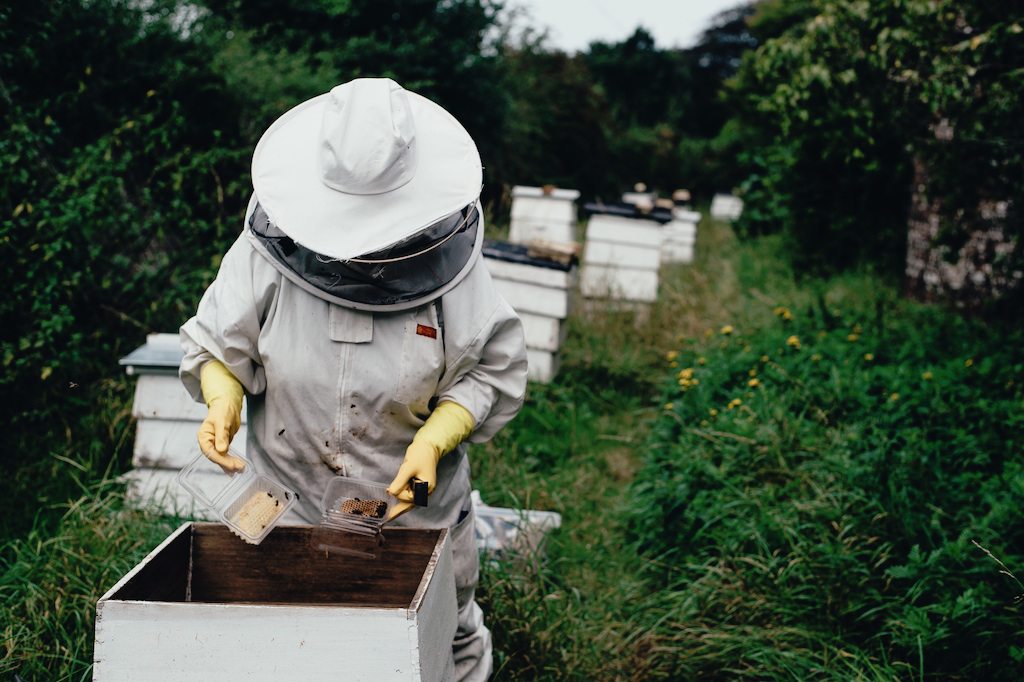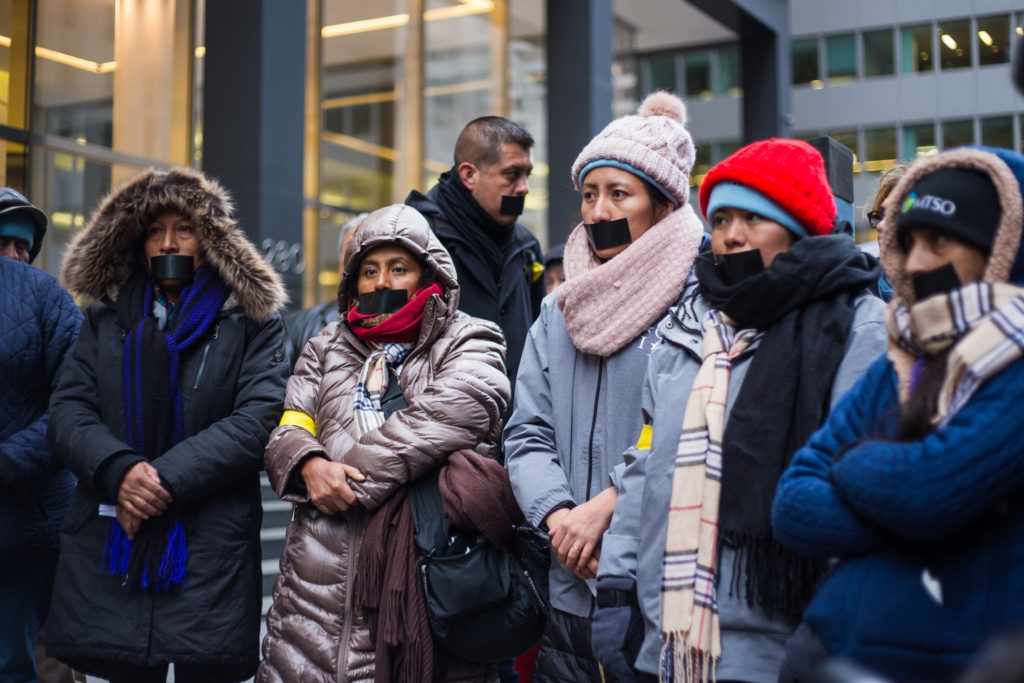Updated April 30, 2018 to include new case numbers reported by the CDC.
Three weeks ago, the Centers for Disease Control (CDC) announced it was investigating an outbreak of E. coli O157:H7, a particularly fierce strain of the bacteria. At the time, investigators hadn’t pinpointed any specific food, store, or grocery chain.
Three days later, we got an update: The E. coli was most likely coming from chopped romaine lettuce grown in Yuma, Arizona, where 90 percent of the country’s romaine is produced during the winter months.
A week after that, on April 20, the agency expanded its warning to include whole heads of romaine. Though the outbreak had by then expanded to include 53 cases in 16 states, investigators still had not been able to identify a specific farm or processor, a crucial link that needed to be established before initiating a recall and getting the contaminated lettuce out of the food system.
As of April 30 a recall still has not been announced and CDC continues to recommend that people avoid all romaine lettuce unless they’re certain it’s not from Yuma. The investigation remains open, but researchers are starting to get more clarity on the possible source (or sources) of the outbreak. The case count has risen to 98 people in 22 states including 46 hospitalizations and no deaths.
E. coli O157:H7 can cause bloody diarrhea and extreme stomach upset, but what makes it especially dangerous is that it can precede a life-threatening condition called hemolytic-uremic syndrome, which can in turn cause kidney failure. “We take this strain of E. coli very seriously for these reasons,” says Dr. Joseph McLaughlin, state epidemiologist at the Alaska Division of Public Health.
While investigating the source of an outbreak, epidemiologists have to rely on people’s imperfect memories to identify common threads among confirmed cases—and those are just the people who report their illness. Often, the cause of an outbreak (which can be defined by as little as three or four cases) is never fully known: In the now-infamous E. coli outbreak at Chipotle that started in late 2015, the contaminated ingredient was never identified.
As we reported in December in partnership with The Atlantic, incarcerated people get food poisoning at a rate six times higher than the general population. A lot of that has to do with lackluster food safety practices, but there’s another, less obvious reason outbreaks are commonly identified in correctional facilities: It’s much easier to spot a trend when everyone’s eating the same thing.
“If you have sporadic cases that appear to be coming up randomly in a community, it can take quite a while to narrow things,” McLaughlin says. By contrast, he likens pinpointing an outbreak in an incarcerated population to interviewing a group of people who all went to a restaurant on the same night. “We can ask folks to review the menu and say, okay, of all these things that were served, what did you eat?”
Epidemiologists were able to confirm a 100-percent match between the Nome correctional facility’s patients and the national outbreak strain. And even though none of the lettuce researchers tested was contaminated with the same strain, they were able to cross-reference the menu with invoices from the kitchen, identifying the processor and farm where it came from.
We’ll likely get another update from CDC and the Food and Drug Administration (FDA) soon. In the meantime, we’ll be sticking with arugula.











